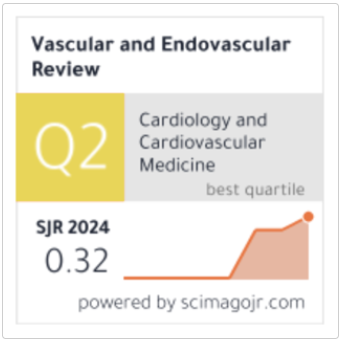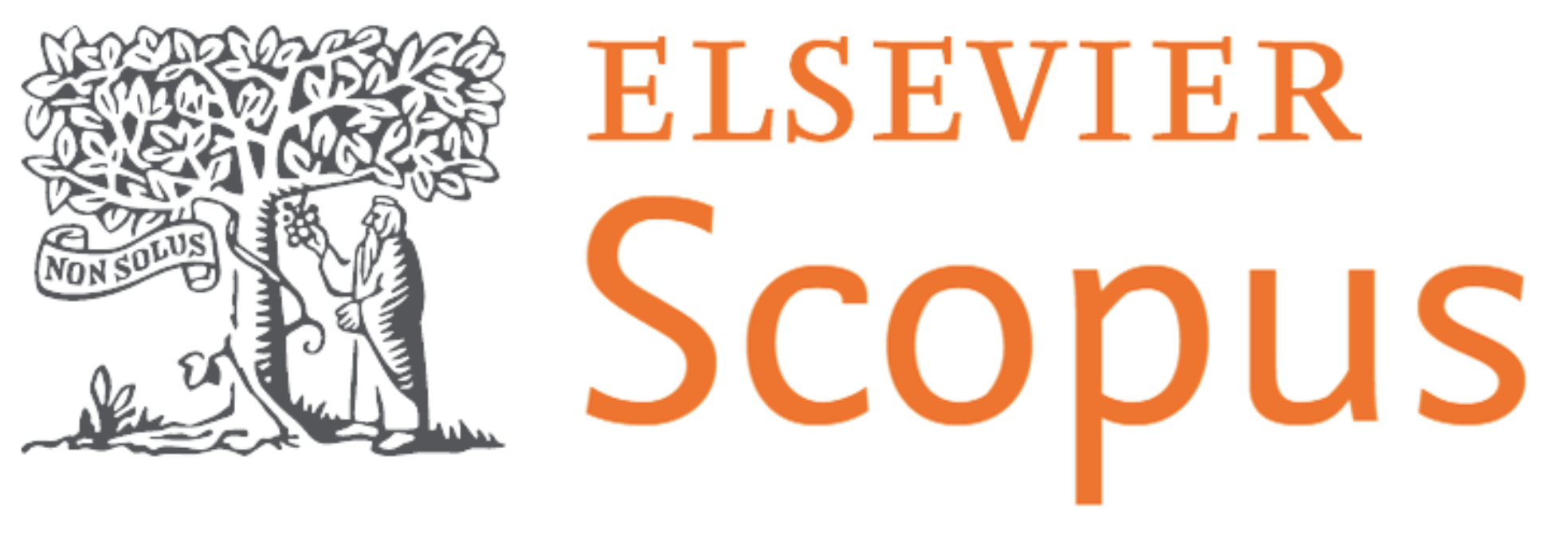The Recent Evidence for Inequalities in Health Outcomes In India Relation To Hiv/Aids
Keywords:
HIV epidemic; Antiretroviral therapy; Prevention of mother-to-child transmission; Pre-exposure prophylaxis.Abstract
India’s HIV epidemic remains substantial, with an estimated 2.5 million people living with HIV (PLHIV) in 2022, despite a 42% decline in new infections and a 64% reduction in AIDS-related deaths since 2010. National progress contrasts with concentrated epidemics among key populations, such as people who inject drugs in Mizoram and men who have sex with men in Manipur, and the country continues to fall short of the 95–95–95 targets, with 78% of PLHIV diagnosed, 67% on antiretroviral therapy (ART), and 40% virally suppressed. This study conducted a quantitative, cross-sectional descriptive synthesis using secondary, de-identified datasets from OGD Platform India, two UNAIDS India snapshots (2023), and UNICEF (2024). Indicators were harmonized and comparatively validated across sources. In 2022, India recorded 66,000 new infections and 40,000 AIDS-related deaths; 1.68 million individuals were on ART and 1.01 million were virally suppressed. Prevention of mother-to-child transmission data showed 17,087 pregnant women on ART, 11,864 infants virologically tested, and 4,100 new pediatric infections. Condom use was high among MSM, FSW, and TG populations but lower among PWID (69%), while PrEP uptake was negligible (2,613 individuals). AIDS spending reached USD 258 million, sourced almost entirely domestically, with 57% directed to treatment and 23% to prevention. These findings highlight India’s progress alongside gaps in suppression, pediatric outcomes, prevention financing, and structural barriers, underscoring the need for targeted interventions and policy reform.








